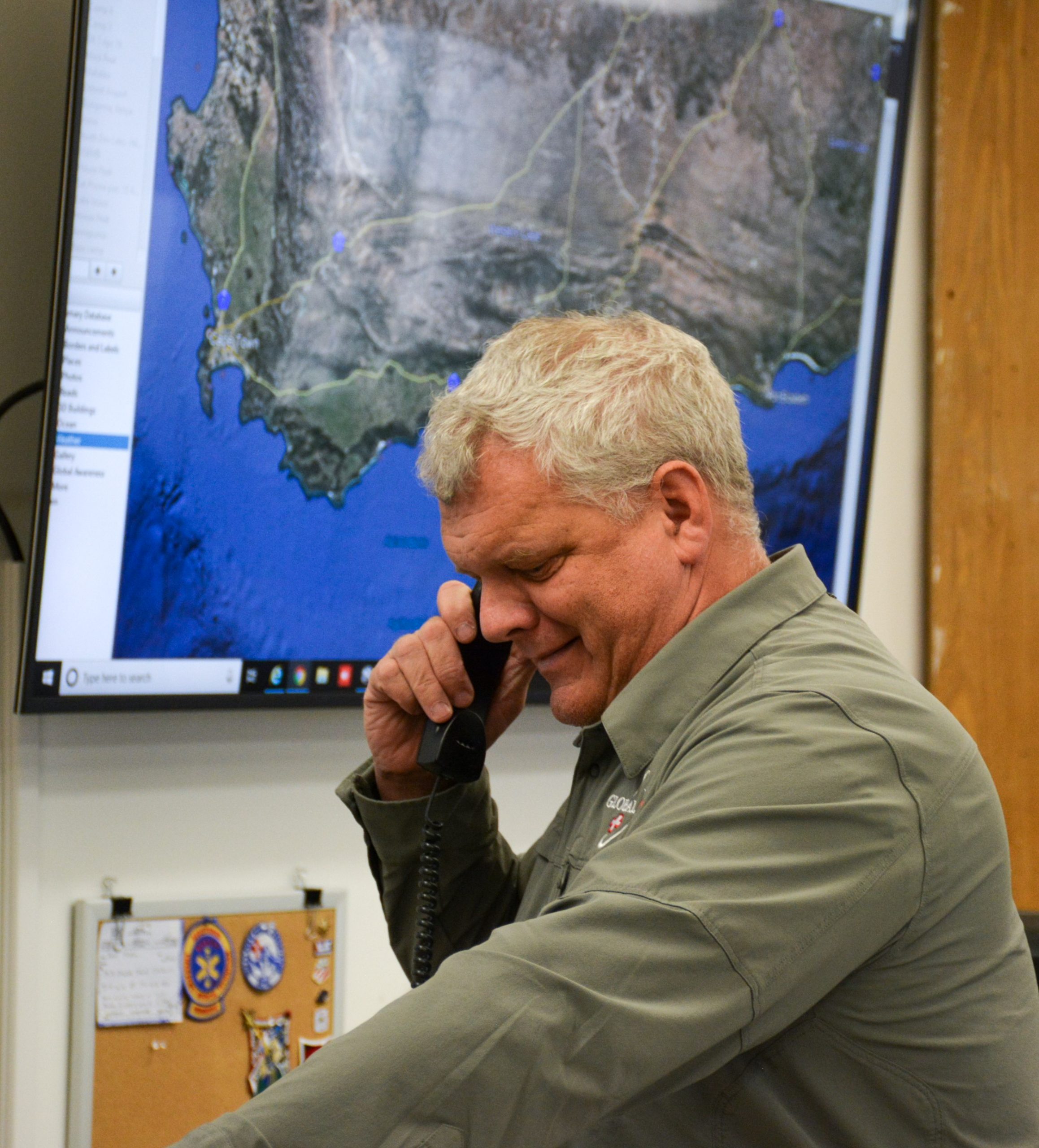Winter is here and experts predict snowfall will be higher than average in the Northern Hemisphere. Snowfall will be above normal across most snow-prone areas, according to the Old Farmer’s Almanac.
Whether you’re traveling the roadways for the holidays, seasonal adventures like skiing, snowboarding, snowshoeing, or simply driving out of snow country to get to sun country, smart drivers prepare for challenging road conditions brought on by freezing temperatures, snow, sleet and freezing rain.
Ideally, drivers watch the weather reports and, if a snowy event is predicted, they let the snow plows and road crews do their work before venturing out.
Snow Plow Warriors
Keeping the roads clear and safer for vehicle traffic during the winter is more than timely plowing. In New Hampshire, snow removal and ice control usually require the well-timed application of either chemicals, abrasives or a chemical-abrasive mixture to roadway surfaces in combination with aggressive snow plowing operations. Choice of treatment is dependent upon the weather and road conditions.
Salt is the primary material used along with winter sand consisting of a blend of coarse, clean, sharp sand. It’s effective at temperatures at or above 15 degrees F. Salt brine, a 23% solution of salt in water, is used to pre-treat highways in advance of a storm event. It’s effective at temperatures above 20 degrees F. Calcium chloride and liquid magnesium chloride are used to pre-wet the solid materials that are applied by the plow trucks to lower the effective working temperature of salt and to help keep the solid materials on the road during the application process.
If driving on roads that are wet or snowy is unavoidable then drivers can take additional steps with their tire choice, drive train options, speed caution and emergency supplies to minimize roadway catastrophe.
The main tip for driving in the snow is to replace your tires with snow tires and understand that acceleration, braking and control is less responsive than when driving in dry conditions. Just because you have snow tires doesn’t mean you can drive the same way in dry conditions.
Snow Tires, Studded Tires, Siping, and Snow Chains
Snow tires, also called winter tires, have a tread design with larger gaps than those on conventional tires, increasing traction on snow and ice. The rubber used in the construction is also softer than a summer or all-season tire. Tire siping – cutting thin slits across the surface of a tire – is a process to improve traction for driving in snowy, wet or icy conditions.
Using your all-season tires for everyday driving in less harsh conditions is fine. Otherwise, use snow tires in winter for potential travel on snow-covered roads, even if you have an all-wheel-drive or four-wheel-drive automobile winter tires can be essential.
“If the tires are heavily worn or of a type that is not suitable for snowy/icy/extremely cold conditions, even the best AWD or 4WD systems won’t be able to overcome the traction limitations posed by the tires,” Bridgestone Tire says. “That’s why, if you must drive in severe winter weather, installing a set of winter snow tires can dramatically improve vehicle control regardless of the drive system.”
Should you use studded snow tires? Studded tires have metal studs inserted into the tread to increase grip on ice, making it easier to start and stop on the least friendly road surfaces imaginable, according to Michelin, one of the largest tire manufacturers in the world.
Studded tires provide the best traction you can get, even when you’re encountering ice or packed snow, according to Les Schwab Tires, a private tire retailer with nearly 500 locations in the Western U.S. “They help break through packed snow and ice-covered roads to give you better traction.”
Studded winter tires are always permitted in some states – like New Hampshire and Colorado, restricted in others – like Connecticut and California, and not allowed in a few – like Texas and Michigan. Check your state here.
Consider snow chains. Whether you put on snow chains or not depends on where you live and what the conditions are. You will not see many cars with snow chains on the eastern side of the U.S., but when you get to the Rockies, having them on hand for driving in some areas is essential, and even required.
AWD vs 4WD vs FWD vs RWD
Are you driving a car equipped with all-wheel-drive (AWD), four-wheel-drive (4WD), front-wheel-drive (FWD), or rear-wheel drive (RWD)? Each drive system has its pros and cons and you need to know what capabilities it has on the road. Here’s how to look at the different drives and their capabilities, according to US News & World Report.
FWD vehicles provide superior traction compared to RWD cars in rainy and snowy conditions but they can lose grip easier than AWD vehicles. AWD vehicles have better traction than front-wheel-drive vehicles since every wheel gets power. If one tire begins to slip, three others can work to regain traction.
Not all AWD systems work the same way. Some systems deliver power to all four wheels at all times, other AWD systems are considered part-time since the rear wheels only get power when necessary.
AWD cars and SUVs are ideal for driving over snow-covered roads and in various off-road conditions, but not on slick ice.
4WD systems send equal amounts of power to all four wheels at the same time and are generally much more robust than AWD systems.
Travel Prepared Bonus Tips
Blizzards are predictable. When you hear about bad weather coming, pay close attention. You do not want to get caught in one of these storms.
Snow squalls, however, are much harder to forecast. These are sudden, fast-moving bouts of snow that can reduce visibility to zero in a matter of minutes, especially while driving on a highway where other vehicles are kicking up snow. If the forecast calls for the possibility of snow squalls, it is best to avoid driving until the coast is clear.
Always fill your gas tank before a trip. A typical 15-minute drive could take two-to-three hours if there is traffic related to sleet and snowfall. A full tank of gas reduces the likelihood of running out of gas in a storm.
Top off your antifreeze and your windshield wiper fluid. You’re likely to use a lot of wiper fluid in a snowstorm so keep two extra gallons of it in your car.
Pack your car with emergency supplies. Warm clothing, including a pair of winter boots, a warm parka, a wool hat and waterproof mittens; hand and foot warmers; a sleeping bag; a small shovel to clear out the exhaust pipe, if needed; a ready-made snow safety kit.
Slow Down
Even if you have all you need to be prepared, and your car is in top shape, remember to drive at the speed at which you can safely control your vehicle. No matter what your experience level, everything is going to take longer. Your reactions will be slower, turning the wheel will take more time, braking distances will be longer, and you won’t be able to do lane changes as fast as you usually can. Drive farther behind people, and take it slowly.









